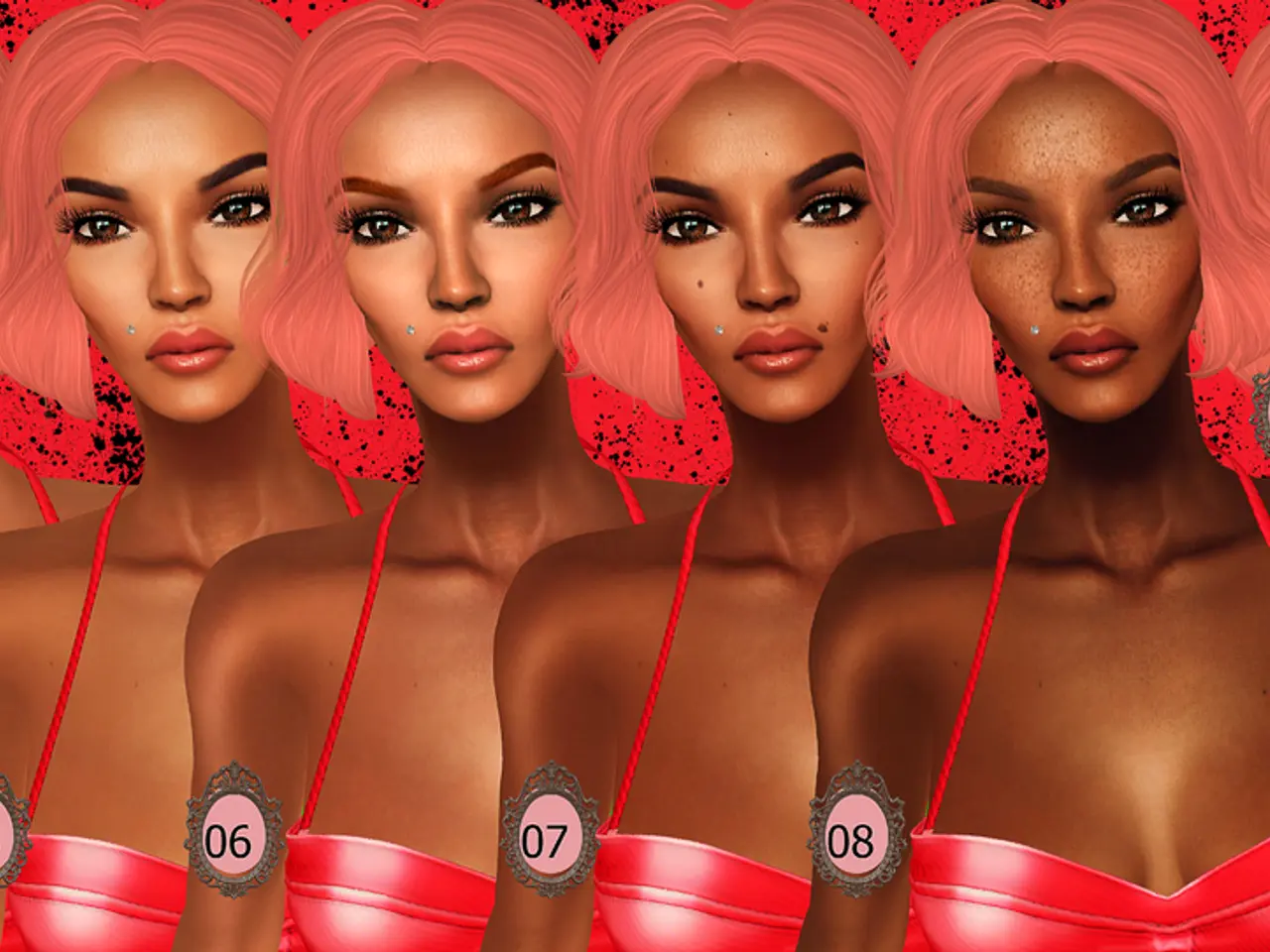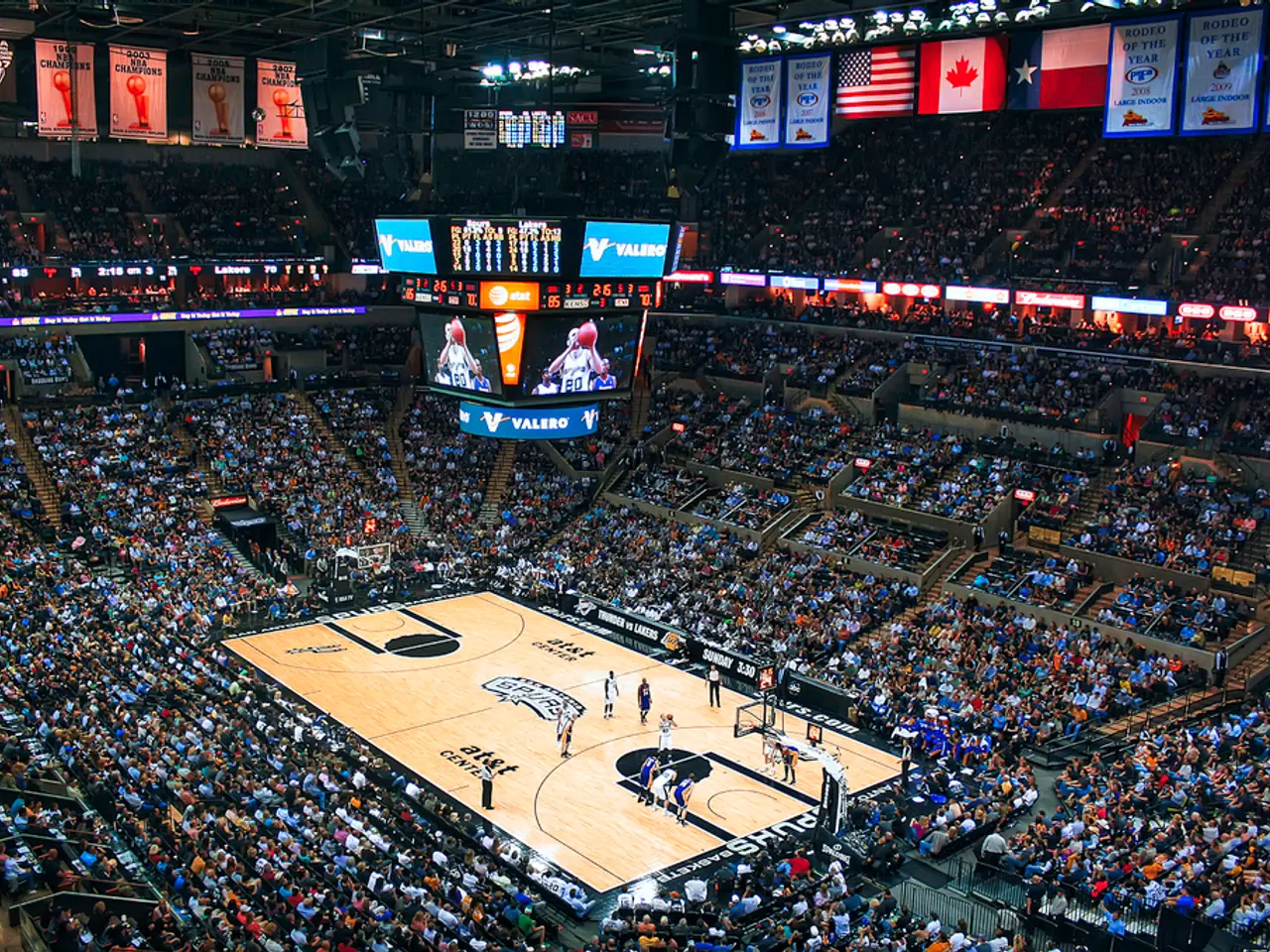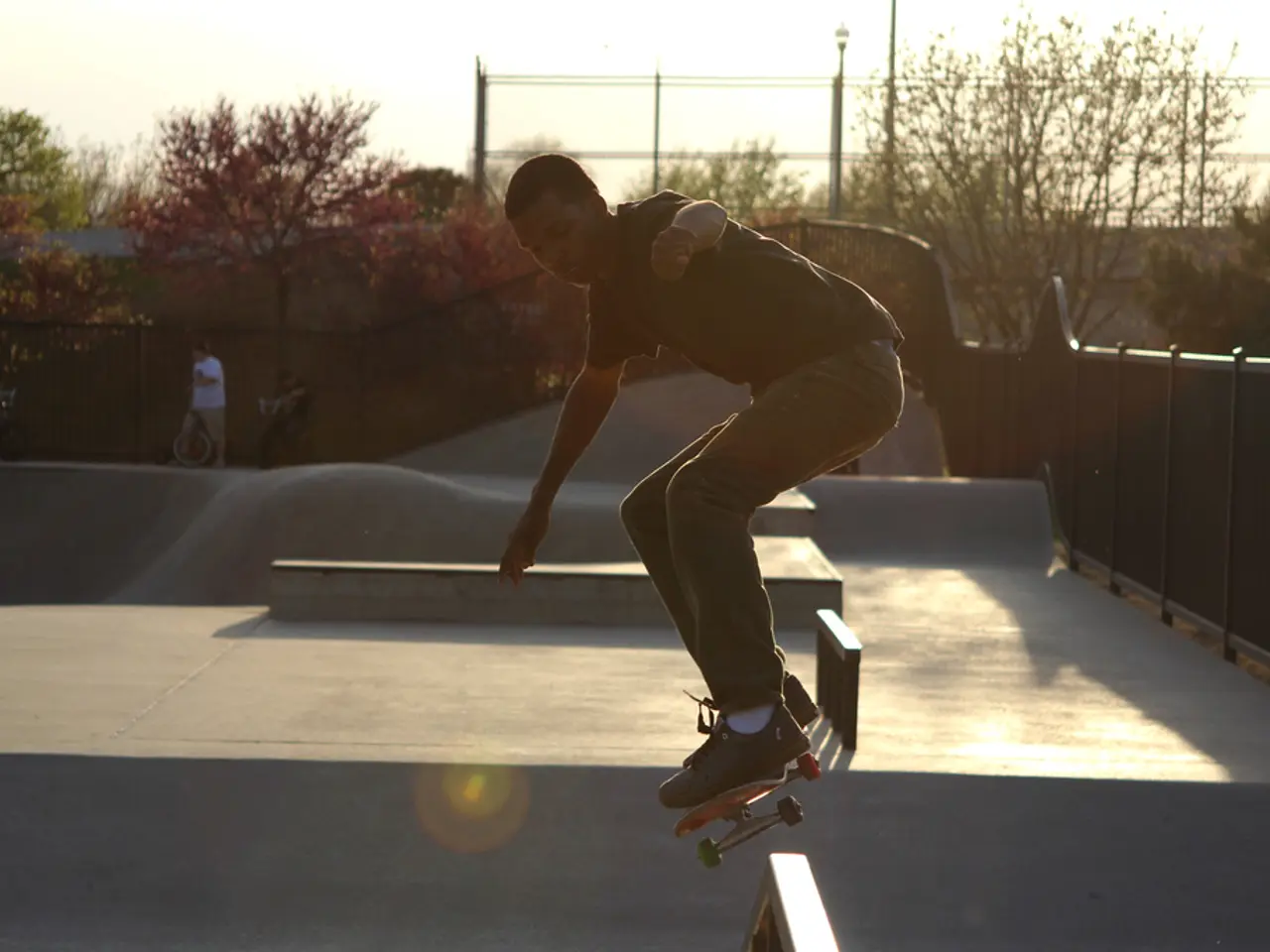Cinematic Animation Through the Ages
In the realm of cinema, animation has long been celebrated for its artistic innovation and emotional depth. This journey through time takes us back to the late 19th century, when the first animation devices such as the zoetrope and the flip book were invented.
The first animated film is often credited to be "Fantasmagorie," created by French cartoonist Émile Cohl in 1908. From there, animation became a popular form of entertainment, with the rise of animated short films and the creation of iconic characters such as Mickey Mouse and Felix the Cat.
The Golden Age of Animation, which spanned the 20th century, was a period of significant growth and development for the art form. Key developments during this era include the advent of cel animation, where characters and backgrounds were drawn on transparent celluloid sheets layered for frame-by-frame animation. This technique allowed greater artistic detail, fluidity, and efficiency in traditional hand-drawn animation.
One of the most iconic milestones of this era was the release of Disney's Snow White and the Seven Dwarfs in 1937, the world’s first feature-length hand-drawn animated film. This landmark event demonstrated that animation could sustain a full-length narrative, elevating the art form and opening doors for many future classics.
During this period, major animation studios and institutions like Warner Bros. Cartoons, MGM cartoon studio, and the National Film Board of Canada were founded, fostering production and innovation in animation.
As we look towards the future, technological advancements will continue to drive innovation in animated filmmaking, allowing for greater creative freedom and flexibility in storytelling. The later transition of these traditional techniques into digital workflows began in the late 20th century, with companies like Disney collaborating with Pixar to create the Computer Animation Production System (CAPS), which digitized inking and painting processes but retained core principles of traditional animation.
Beyond traditional animation, Japanese anime has captivated audiences around the world with its distinctive art style and complex storytelling. Brazilian animation has also been gaining attention in recent years, with filmmakers exploring themes that are unique to their cultural heritage.
Virtual reality and augmented reality are likely to become increasingly integrated into animated films, providing audiences with more immersive and interactive experiences. The future of animation will also be shaped by changing audience demographics and preferences, leading to a greater diversity of voices and styles in animated filmmaking.
In summary, the Golden Age of Animation was marked by the birth of feature-length animated storytelling, the refinement of cel animation techniques, introduction of enduring characters and studios, and the establishment of animation as both an art and a commercial industry that laid groundwork for future technological advances. Today, animation continues to evolve, pushing the boundaries of what is possible in the medium and captivating audiences worldwide.
[1] https://www.britannica.com/art/animation [5] https://www.britannica.com/topic/Golden-Age-of-Animation
Visual art and entertainment intertwine in the formation of animated films, with the Golden Age of Animation placing animation at the forefront of artistic innovation and storytelling in the 20th century. The rise of animation in movies-and-tv, led to the creation of enduring characters and studios, and established animation as both an art and a commercial industry.








